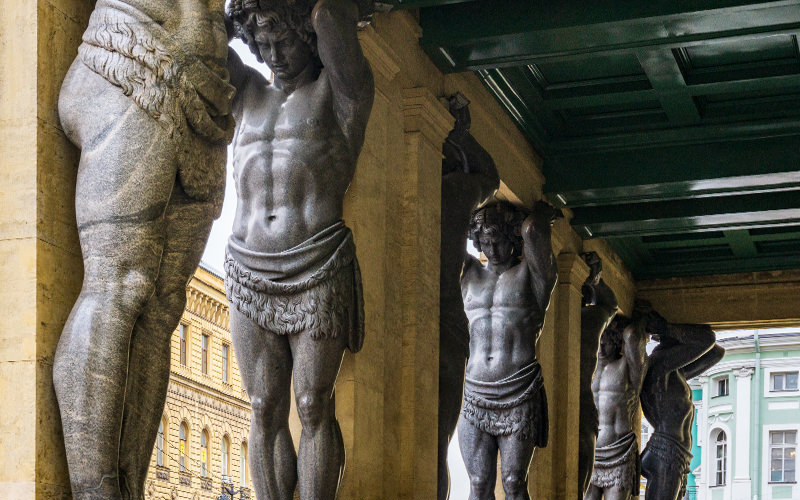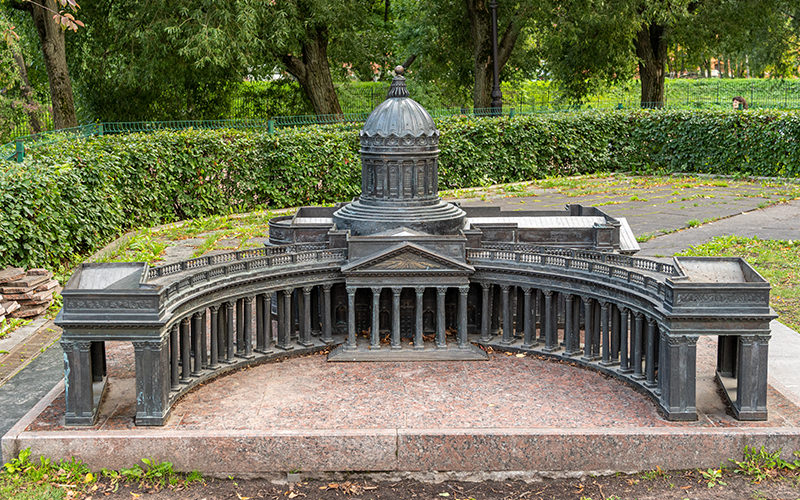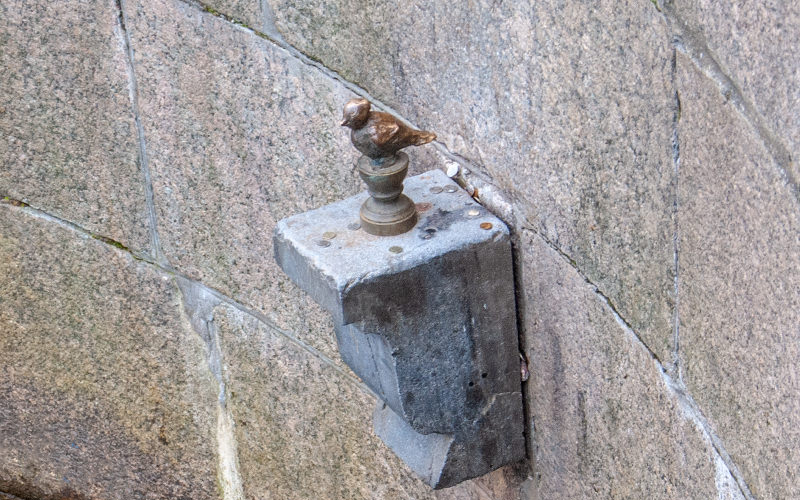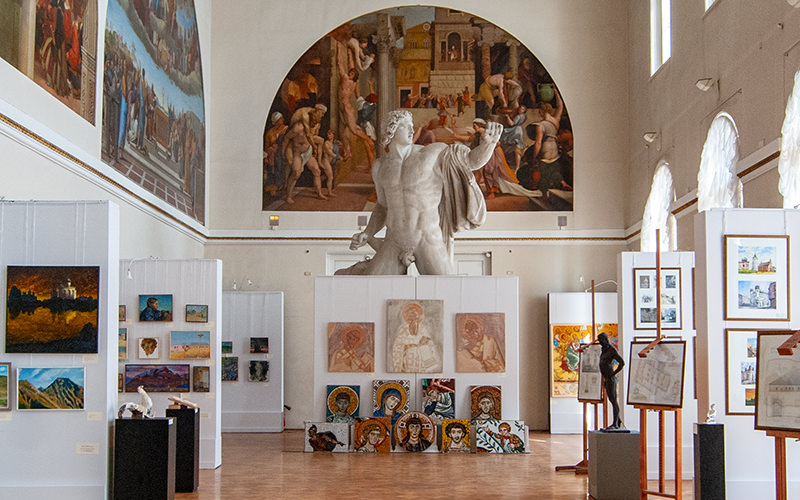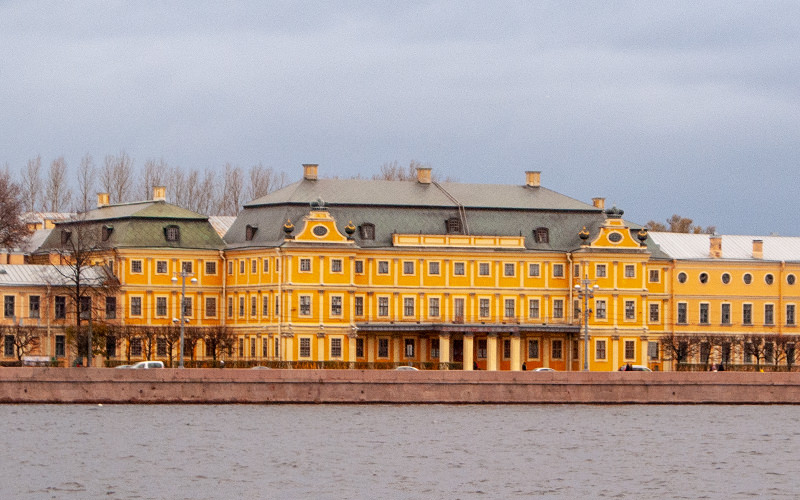Perhaps the most unusual landmarks in St. Petersburg are the sphinxes on Universitetskaya Embankment. The figures are about 3.5 thousand years old and originally stood at the entrance to one of Egypt's temples. The Egyptians often depicted sphinxes with portraits resembling pharaohs, and the sphinxes in St. Petersburg are no exception. Their faces are modeled after Pharaoh Amenhotep III, known for his self-deification.
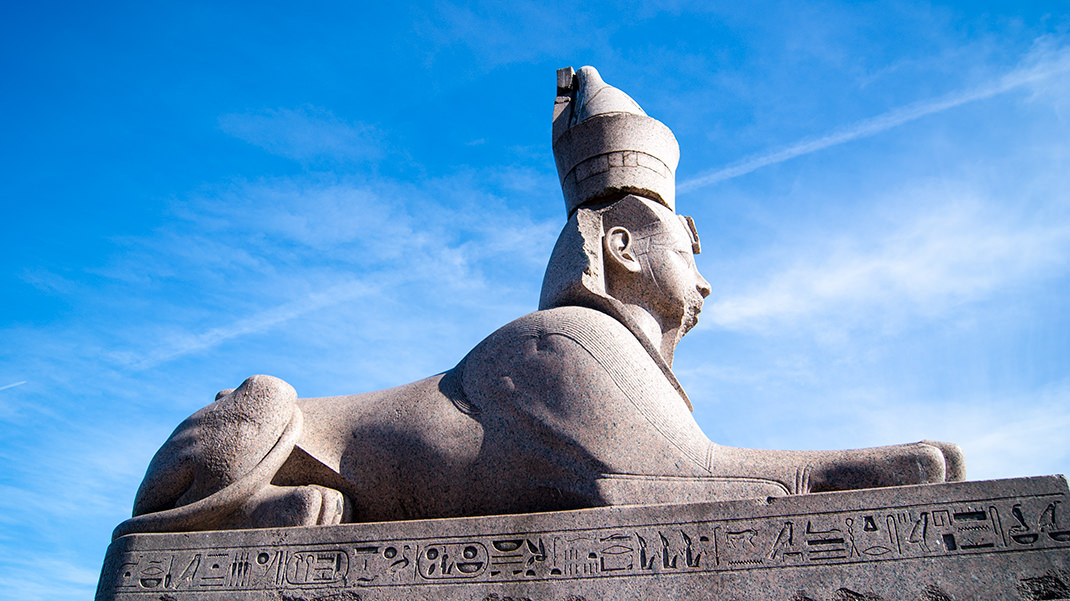
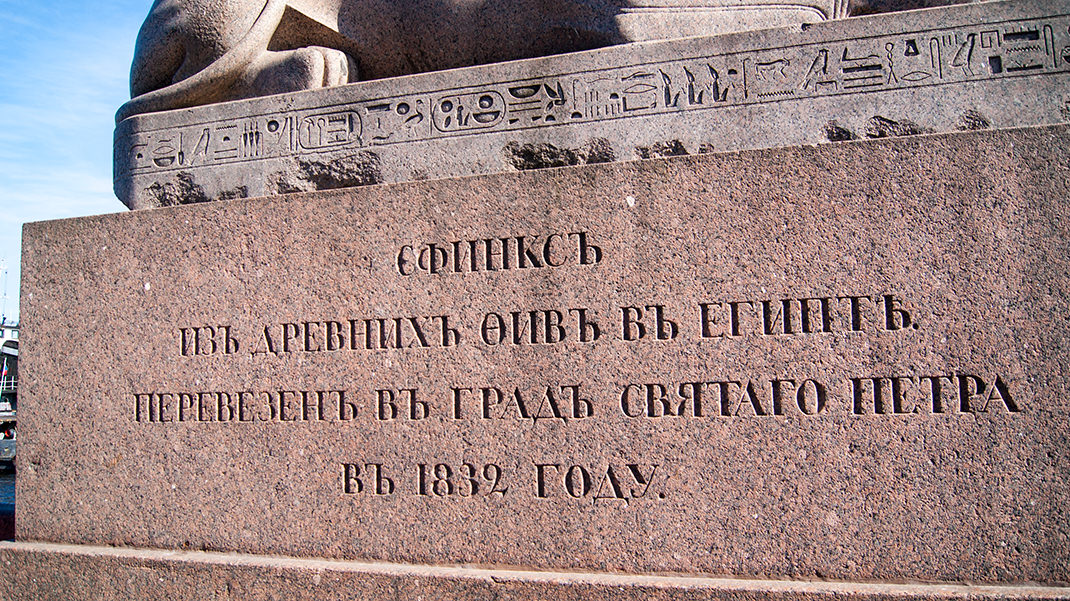

After the Rosetta Stone's hieroglyphs were deciphered in 1822, Europe experienced a wave of Egyptomania, which influenced Tsar Nicholas I's decision to acquire the sphinxes. The figures arrived in St. Petersburg in 1832 and were initially placed in the courtyard of the Academy of Arts. Two years later, in 1834, a quay was built for them, where they still stand today.
Interestingly, while Russia was delayed in deciding to purchase the sphinxes, their owner sold them to France. It was only due to the revolution that the sphinxes were eventually sold to St. Petersburg.
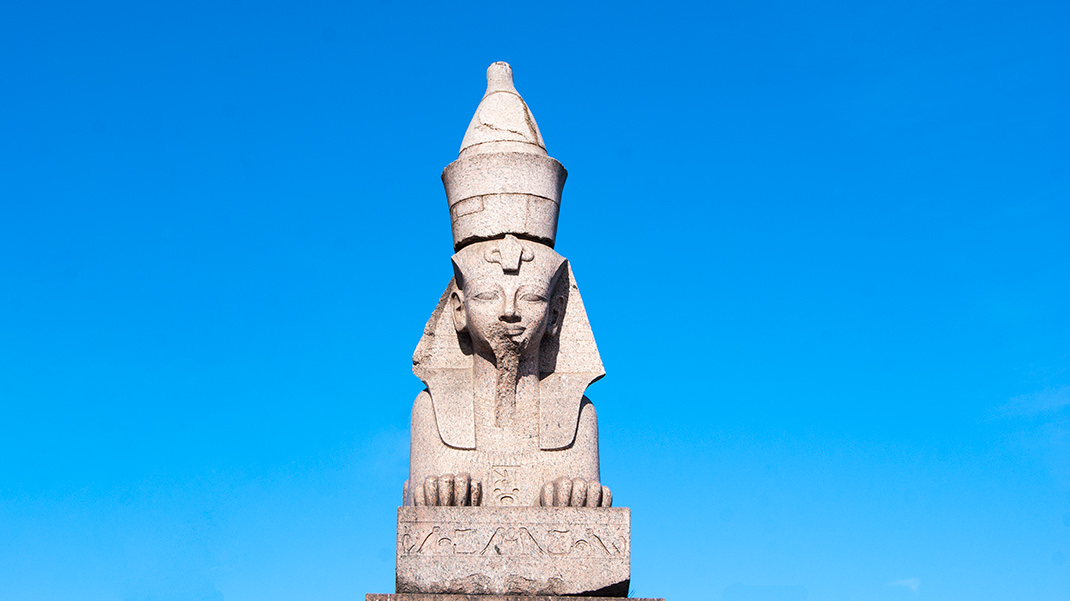
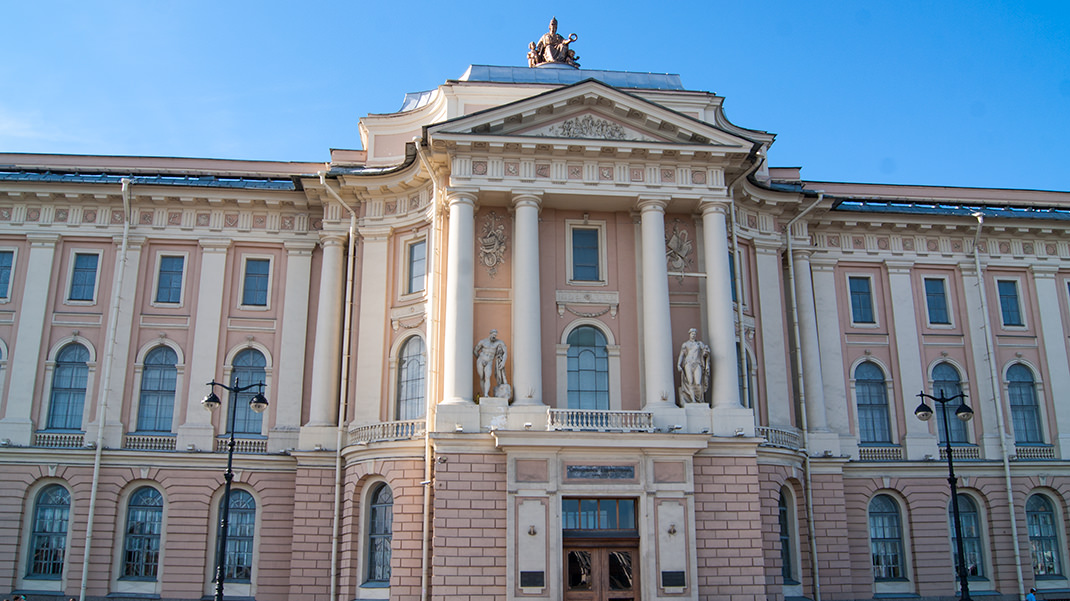
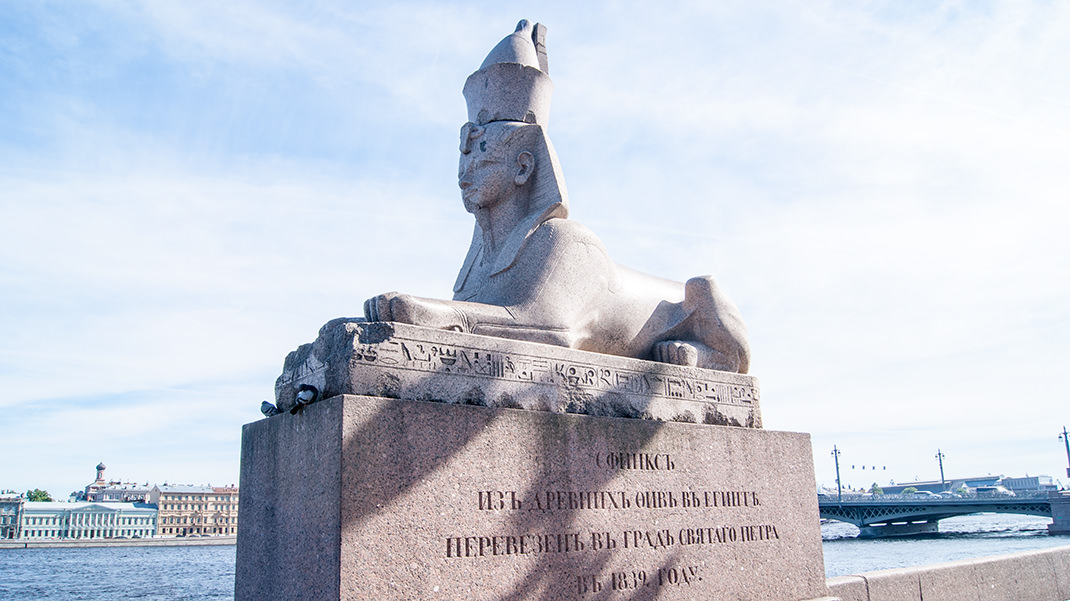
The first major restoration of the sphinxes took place only in the early 2000s. Over time, the figures had fallen into a less than flattering state. Locals say that after the restoration, the sphinxes appeared younger. During the restoration, the ancient Egyptian inscriptions were also cleaned.
How to Get There
The sphinxes are within walking distance of central attractions such as the Hermitage, Peter and Paul Fortress, and New Holland Island.
The nearest metro station is Vasilyostrovskaya.
The nearest bus stop is 1st and Cadet Line V.O.
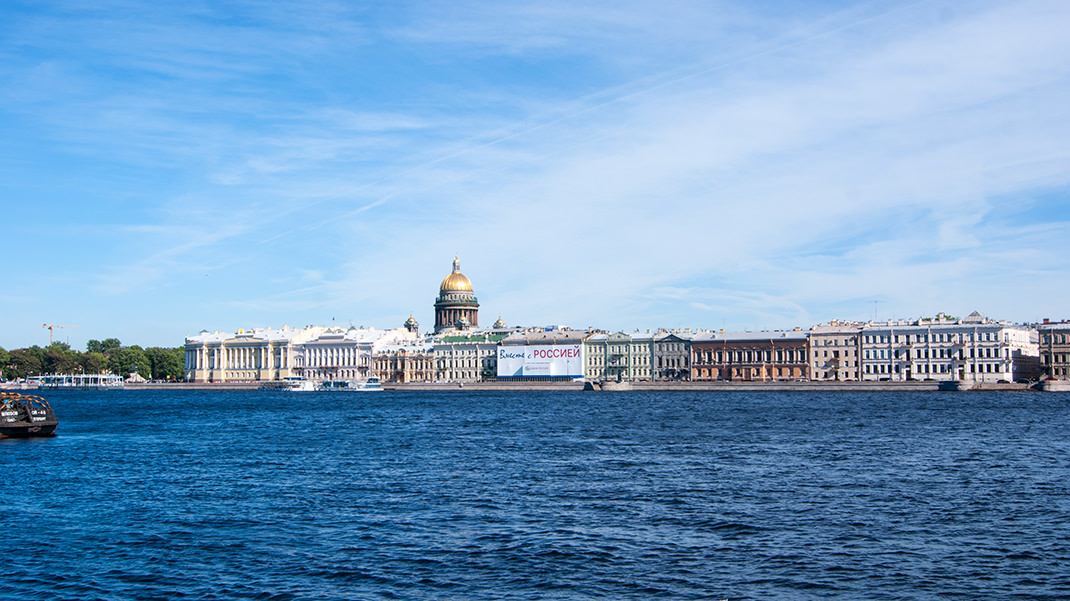
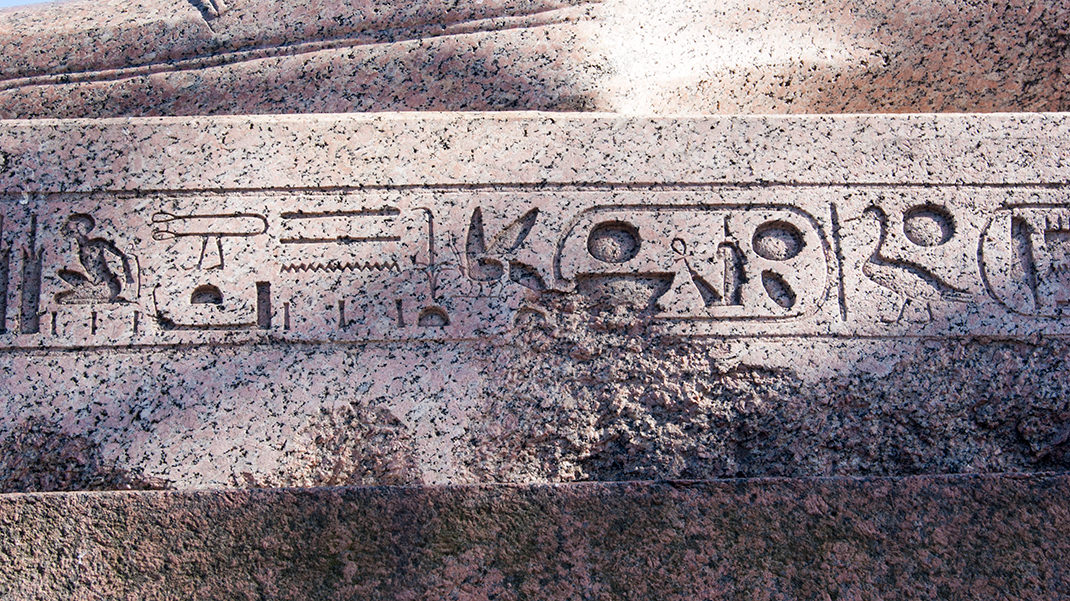
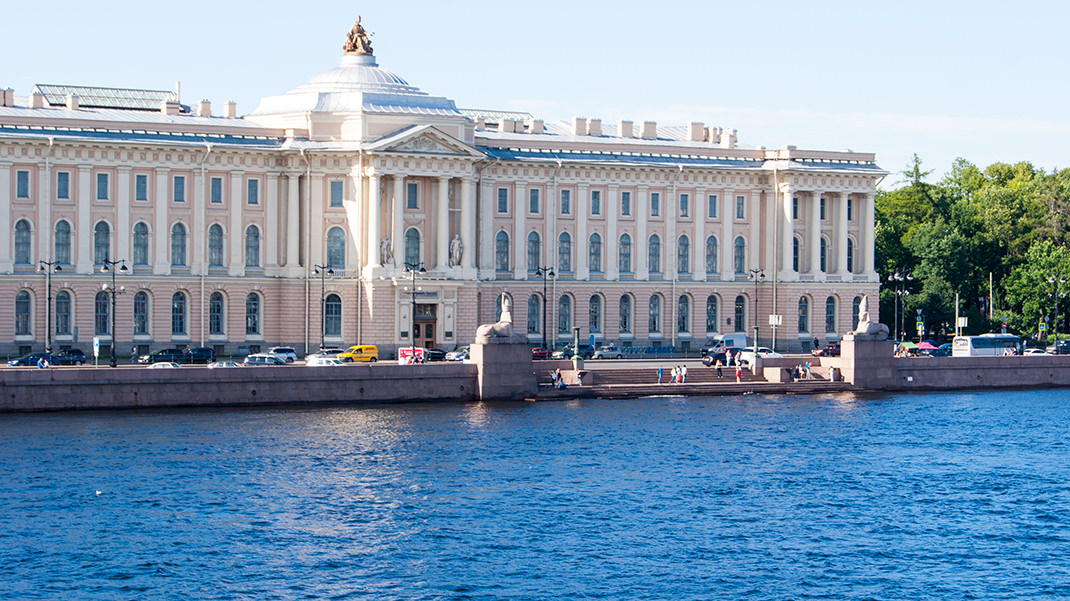
By the way, these are not the only sphinxes in the city. Another noteworthy monument is the one dedicated to the victims of political repression, located opposite the "Kresty" prison.


